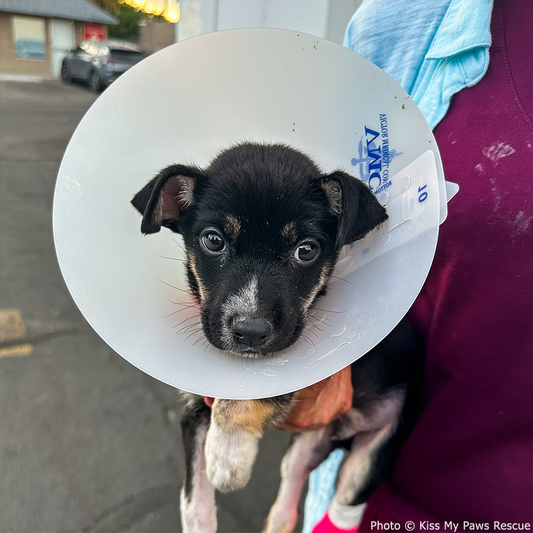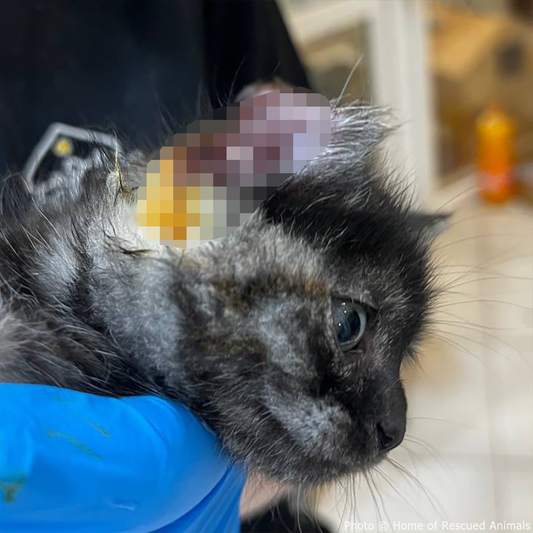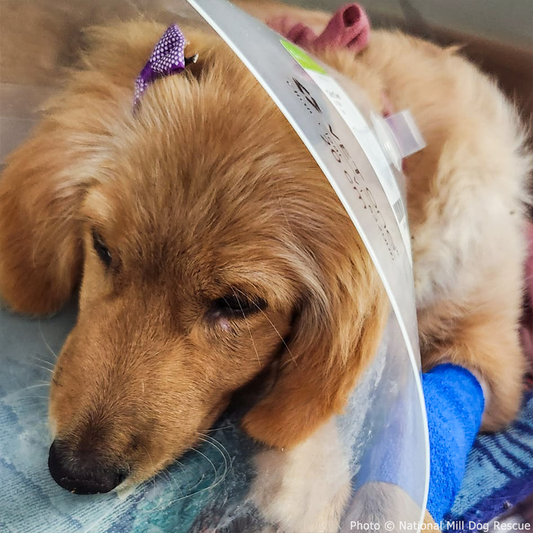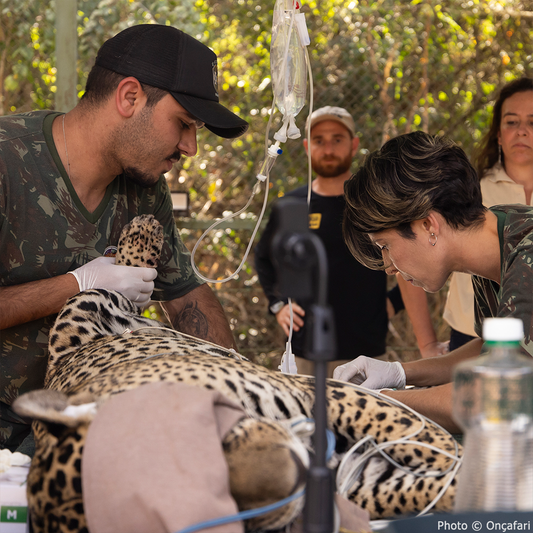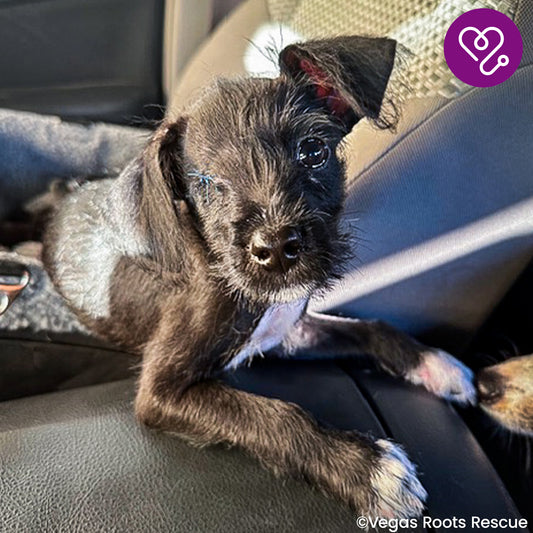Protect Your Pets From the Hidden Dangers of Hot Asphalt
Matthew Russell
Photo: Pexels
Summer is a season of joy for many, offering long days, vacations, and outdoor fun. However, it also brings hidden dangers, especially for our canine companions.
One of the most overlooked threats is hot asphalt, which can severely burn a dog’s paws. As temperatures rise, it’s essential to understand the risks and take necessary precautions.
 Photo: Pexels
Photo: Pexels
Hot asphalt can burn a dog's paws within seconds.
Understanding Asphalt Temperatures
When the sun beats down, asphalt absorbs and retains heat, becoming significantly hotter than the surrounding air. For instance, when the air temperature is 77°F, asphalt can reach a scorching 125°F, and at 87°F, it can soar to 143°F, reports Four Paws USA.
A startling reading from Henderson, Nevada, showed blacktop temperatures hitting 162°F, underscoring the potential for danger during heatwaves, Newsweek reports. These temperatures are more than uncomfortable—they can be harmful. Dogs’ paw pads, while tougher than human feet, are still vulnerable to extreme heat. Burns can occur within a minute of contact with surfaces around 125°F.
 Photo: Pexels
Photo: Pexels
Asphalt can reach temperatures over 160°F during summer heatwaves.
Symptoms of Burned Paws
Detecting burns on your dog’s paws can sometimes be challenging. Common symptoms include limping, refusing to walk, dark or discolored pads, excessive licking, visible blisters, and swelling, reports Ellevet Sciences.
If you notice any of these signs, immediate action is crucial. Flush the affected paws with cool (not cold) water and seek veterinary care promptly.
 Photo: Pexels
Photo: Pexels
The "seven-second rule" helps test pavement safety for dogs.
Preventing Paw Burns
Prevention is always better than cure. To keep your pet safe, consider these tips:- Walk During Cooler Times: Opt for early morning or late evening walks when the ground is cooler. Avoid midday walks when the sun is at its peak.
- Stick to Grass: Whenever possible, walk your dog on grassy areas rather than asphalt or concrete.
- Use Protective Gear: Dog booties or paw wax can provide a barrier against hot surfaces. Ensure the booties fit well and are made of breathable materials to avoid overheating.
- Test the Pavement: Use the “seven-second rule”—place the back of your hand on the pavement. If you can’t hold it there for seven seconds, it’s too hot for your dog.
 Photo: Pexels
Photo: Pexels
Symptoms of burned paws include limping and excessive licking.
Additional Summer Safety Tips
Beyond protecting paws, keeping your dog cool overall is essential. Here are more tips:- Provide Shade and Water: Always ensure your dog has access to shaded areas and plenty of fresh water.
- Use Cooling Mats and Vests: These can help manage your dog’s body temperature during hot weather.
- Offer Frozen Treats: Frozen fruits like watermelon or homemade yogurt and peanut butter treats can help keep your dog cool.
- Limit Outdoor Play: Swap vigorous outdoor activities for indoor games during peak heat hours.
 Photo: Pexels
Photo: Pexels
Recognizing Heatstroke in Dogs
Heatstroke is a serious condition that occurs when a dog’s body temperature rises uncontrollably. Signs include excessive panting, drooling, restlessness, vomiting, diarrhea, bright red or pale gums, increased heart rate, and in severe cases, collapse or seizures, Snouts N' Stouts reports. Immediate action is crucial: move your dog to a cooler area, apply cool water to their body, and seek veterinary assistance without delay.
Dr. Monica Sterk from Veterinary Emergency Group emphasized the severity of heatstroke to Newsweek, noting it can affect the gastrointestinal system, kidneys, heart, lungs, and brain. It also impacts the body’s ability to react to injury, potentially leading to life-threatening conditions. Summer can be a delightful time for you and your pet, but it requires extra vigilance.
Understanding the dangers of hot asphalt and taking proactive steps can prevent painful burns and heat-related illnesses. Always monitor the ground temperature, provide adequate hydration, and adjust your routines to keep your furry friend safe and healthy during the hot months.
Matthew Russell is a West Michigan native and with a background in journalism, data analysis, cartography and design thinking. He likes to learn new things and solve old problems whenever possible, and enjoys bicycling, spending time with his daughters, and coffee.




